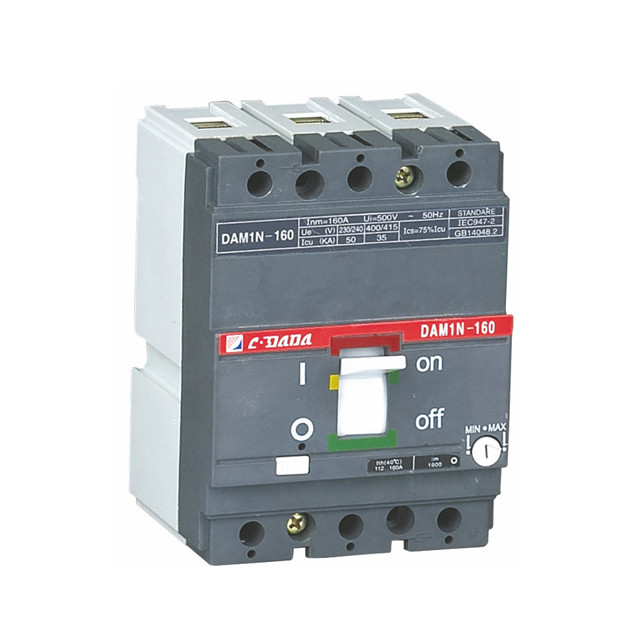This article aims to introduce the MCCB accessory developed by DaDa company, focusing on its various components and their functions. With a scientific rigor approach, the article provides a comprehensive overview of the Plug-In And Draw-Out Device, Rotary Handle Mechanism, Shunt Release, Electrical Operating Mechanism (Motor), Under Voltage Release, Auxiliary Contact Alarm Contact, Auxiliary Contacts, and Alarm Contacts. These accessories are designed to enhance the efficiency and safety of MCCBs, ensuring optimal performance in various electrical applications.
Introduction:
In the world of electrical engineering, the proper functioning of circuit breakers is crucial to maintaining the safety and efficiency of power distribution systems. Miniature Circuit Breakers (MCBs) have long been the go-to choice for domestic and commercial applications due to their compact size and ease of use. However, for more demanding industrial applications, the industry turns to Moulded Case Circuit Breakers (MCCBs). These advanced circuit breakers are known for their higher current ratings and superior electrical performance. To further enhance the functionality and versatility of MCCBs, DaDa company introduces a range of high-quality MCCB accessories.
Plug-In And Draw-Out Device:
The Plug-In And Draw-Out Device is an essential accessory for MCCBs, allowing for quick and easy installation and removal of the breaker from its enclosure. This convenience significantly reduces maintenance time and ensures minimal downtime in case of a malfunctioning MCCB. The device’s design includes a metal structure that firmly holds the breaker in place, preventing any accidental disconnections.
Rotary Handle Mechanism:
The Rotary Handle Mechanism is responsible for manually controlling the opening and closing of MCCBs. With smooth and precise turning, this mechanism provides heightened user control and ensures accurate positioning of the breaker contacts. Its ergonomic design and high-quality construction guarantee durability and efficient operation across various operating conditions.
Shunt Release:
To improve the safety of MCCBs, the Shunt Release accessory is incorporated. This component plays a crucial role in detecting short-circuit faults by monitoring the current flow. In case of a fault, the Shunt Release instantly trips the MCCB, mitigating potential damage and protecting the connected equipment. This added layer of protection enhances the overall reliability of the power distribution system.
Electrical Operating Mechanism (Motor):
The Electrical Operating Mechanism (Motor) brings automation into play, enabling remote operation and control of MCCBs. This accessory is specially designed for applications that require frequent switching or where manual operation is not feasible, such as when the breaker is located in hard-to-reach or hazardous areas. The motor-driven mechanism offers precise operation, reduced physical strain, and enhanced overall operational efficiency.
Under Voltage Release:
The Under Voltage Release accessory provides an additional layer of protection by monitoring the voltage supply. In the event of a power failure or an under voltage occurrence, this accessory forces the MCCB to trip, preventing any dangerous situation caused by operating the breaker under unsafe voltage conditions.
Auxiliary Contact Alarm Contact:
The Auxiliary Contact Alarm Contact is designed to enhance communication and integrate the MCCB with external systems, such as motor control panels and alarms. This accessory provides electrical signals that can be used for remote monitoring, control, or to trigger alarms in case of abnormal conditions or faults. By incorporating these contacts, MCCBs become an integral part of a comprehensive electrical management system.
Auxiliary Contacts and Alarm Contacts:
Auxiliary Contacts and Alarm Contacts serve as supplementary components that extend the functionality and customization options of MCCBs. These contacts allow for additional control and monitoring capabilities, such as remote signaling, pilot lights, and integration with other protective devices in the circuit.
Post time: Jul-06-2023


